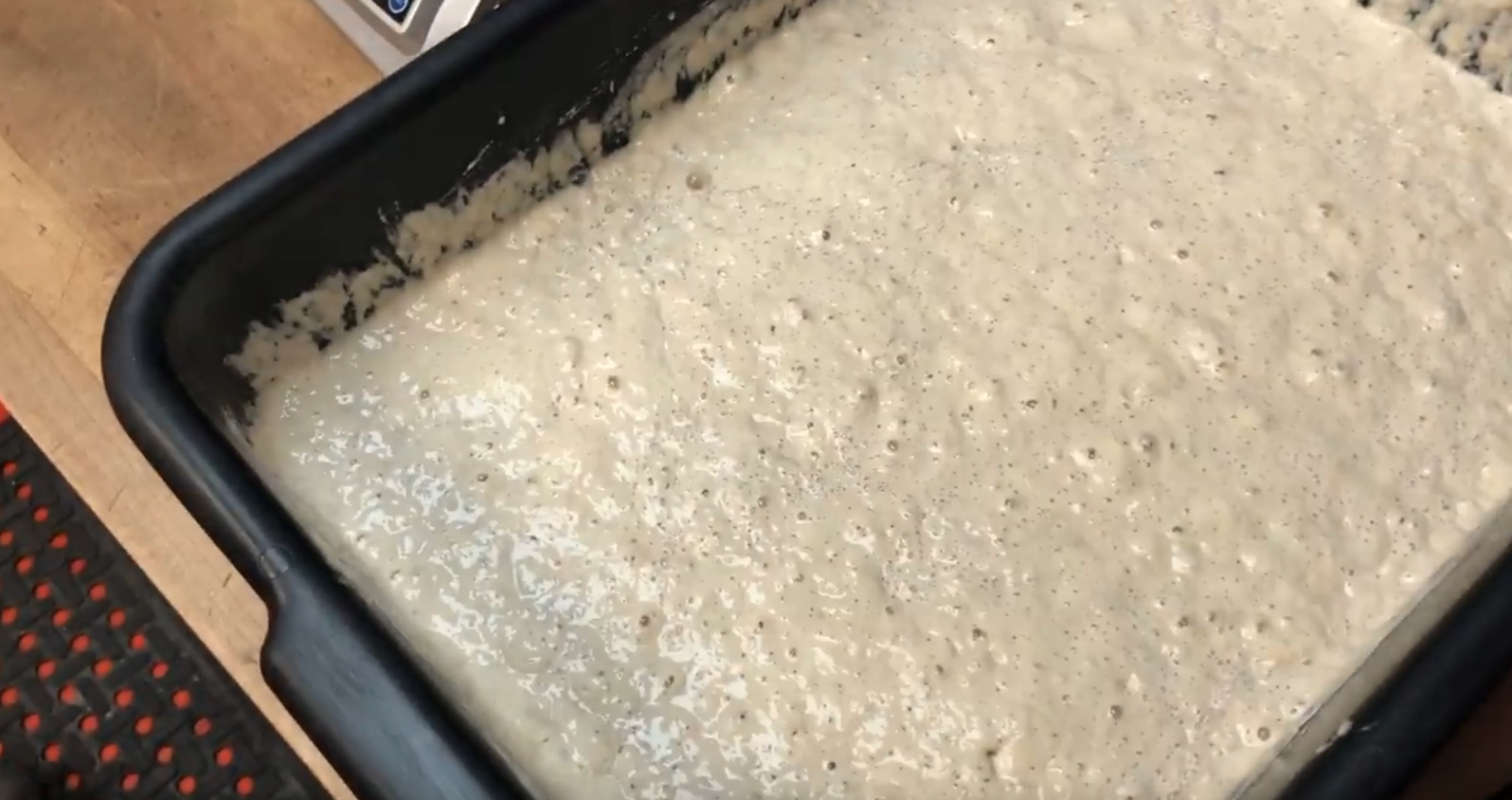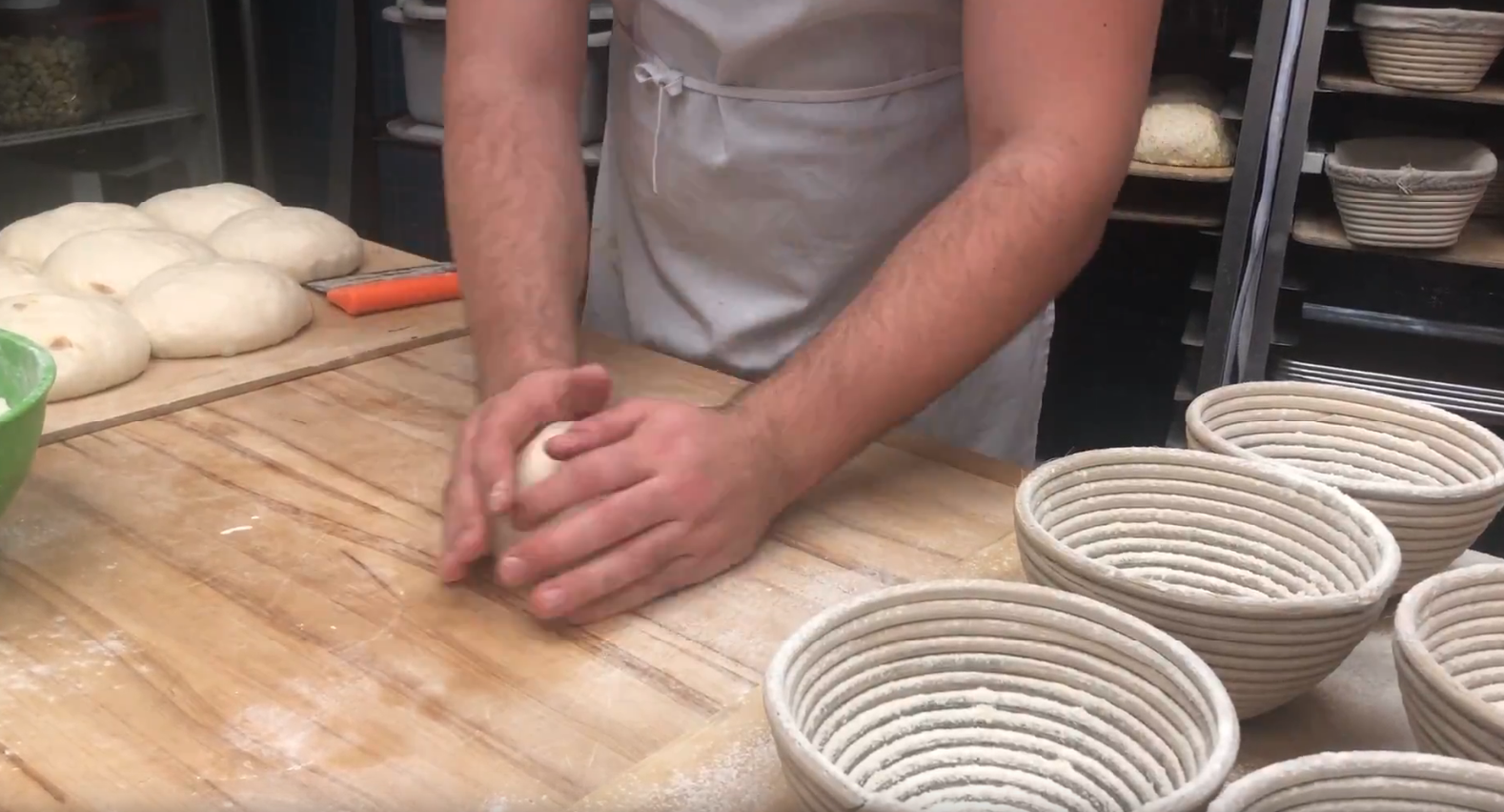Welcome to the third and final installment of What the Gl*ten: Sourdough and Gluten. Now that we’ve determined what gluten actually is, and that in most cases it is not bad for you, let’s discuss how gluten behaves in sourdough bread. Often when people think they have an issue with gluten, they actually have a problem with unfermented white flour. In unfermented bread you’re essentially eating raw flour, which is what our bodies struggle to digest.
As our customers know, and have come to love, we specialize in long-fermented sourdough bread. We use wild yeast in our dough and let it ferment for nearly 48 hours before we bake. This allows enough time for a yeasted and bacterial fermentation to occur.
Fermentation is the chemical breakdown of a substance by bacteria, yeasts, or other microorganisms. In bread, fermentation occurs when yeast and bacteria inside the dough convert carbohydrates to carbon dioxide causing gas bubbles to form, which has a leavening effect on dough, as well as creating flavor. This process is very similar in wine, beer, and sauerkraut.
Generally, when you purchase "bread" at the grocery store, you purchase a loaf that has undergone no fermentation process and has risen in a very short amount of time through the use of instant yeast. The loss of the wild yeast and fermentation process is one of the reasons people can develop gluten intolerances. It is due to how the bread is made, not because gluten itself is the problem.
Our long fermentation process breaks down or “helps digests” a lot of the gluten, meaning your digestive system doesn’t have to do all the heavy lifting. Not to mention, it provides access to other nutrients that would be unavailable without the help of the microbes.
So if you have an intolerance to gluten that is not related to an autoimmune disease or allergy, you may consider trying one of our sourdough loaves. I’m not telling you our cookies are safe, but you may have some success with our bread and pizza kits.
Written by Nicole Jennings







